Best poppies to sow in your garden
Spread a little happiness with a sprinkle of poppy seeds. John Hoyland selects the best poppies to grow at home.
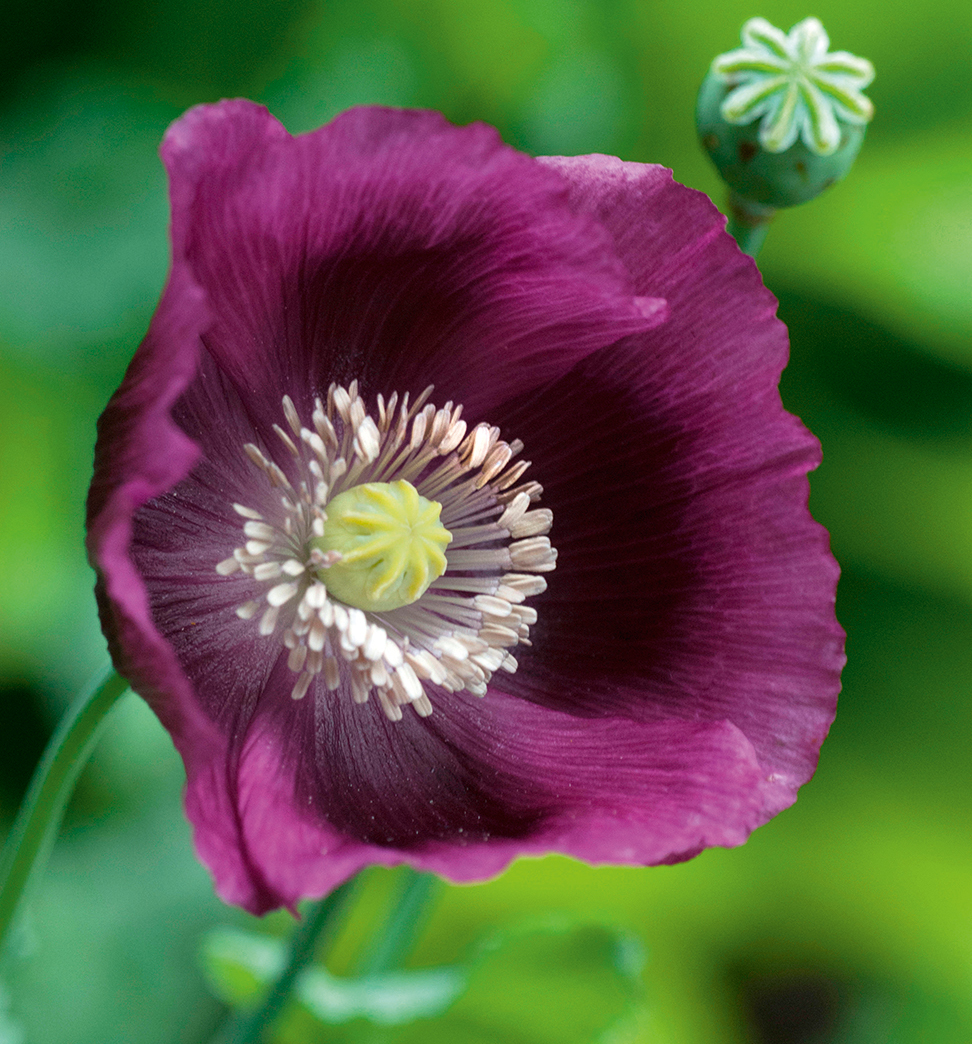
When you purchase through links on our site, we may earn an affiliate commission. Here’s how it works.
The desire that most gardeners have for long-flowering plants can easily lead us to forget about those ephemeral beauties that shine brightly for only a brief moment. Chief among these are the annual poppies, whose very impermanence and fragility are part of their charm. The occasional flash of red from a field poppy is as welcome in my garden as the continued presence of non-stop flowers.
How to grow poppies
- Poppies do not like the upheaval of transplanting, so are best sown in the place where you want them to flower.
- Sow in mid April, when the soil is warming and, by June, buds will be ready to open.
- The seeds are tiny, so too fiddly to sow them individually. Take a small pinch at a time and try to sprinkle seeds widely onto bare soil.
- Overcrowding will produce weedy plants, so sow thinly and be ruthless in removing crowded seedlings. You should be left with plants that have space to flourish.
- Poppies prefer to grow in an open, sunny spot in well-drained, relatively poor soil, but will adapt to any spot that is not waterlogged. They won’t grow well in deep shade.
The brightest of the red poppies is Papaver commutatum, the flowers of which are an intense scarlet, with no hint of orange. At the base of each petal is a single black blotch, which gives rise to its common name of ladybird poppy.
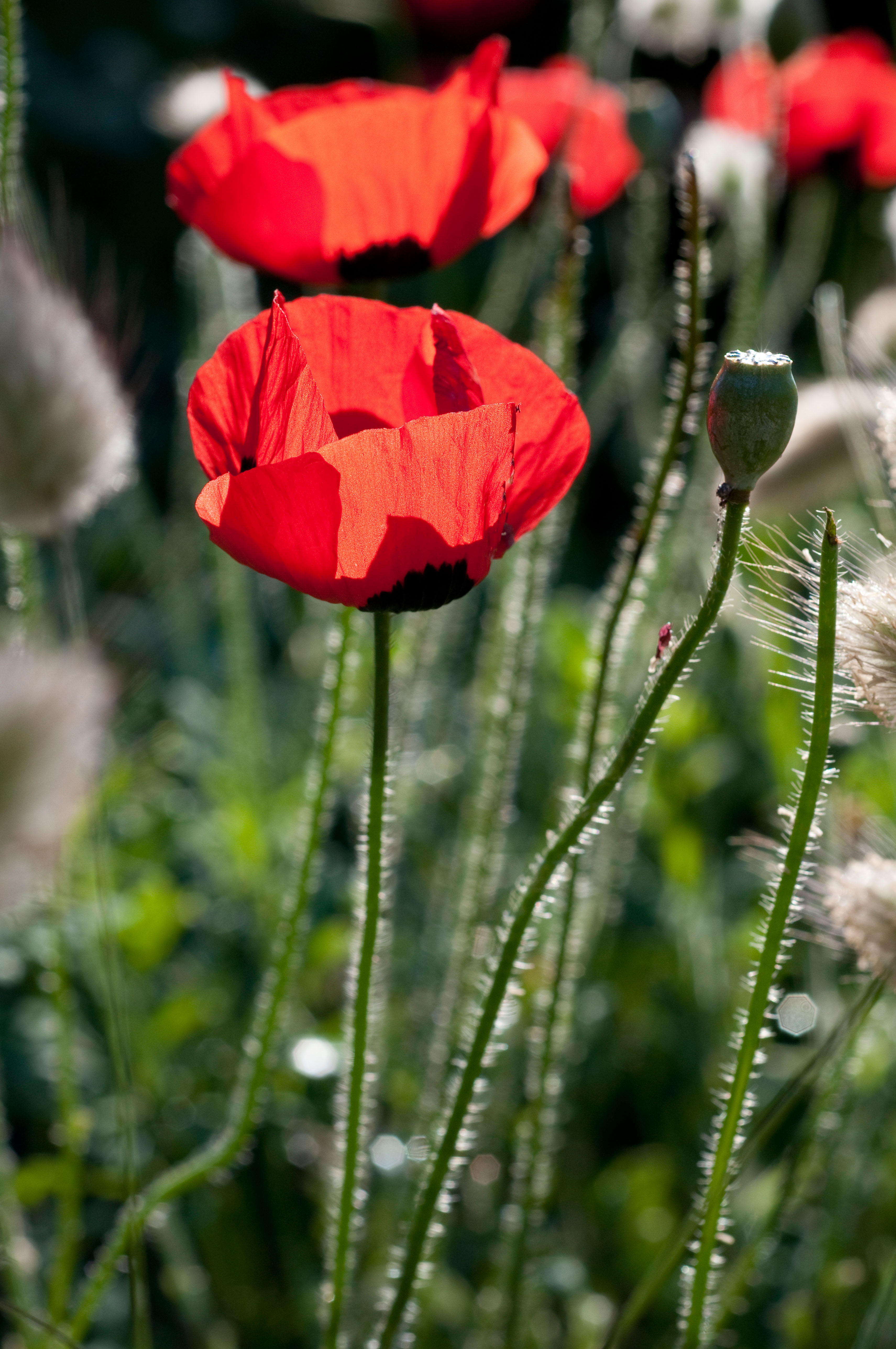
The common poppy: uncommonly pretty.
An abundance of these is a joyful sight, so be generous in your sowing. I raise some in pots in early spring to plant out in late May and scatter seed at the same time. For me, they never self-sow as much as I’d like, so I collect the seed pods as soon as they’re ripe and store the seeds until the following spring.
The true field poppy — the Flanders poppy that has, since the 1915 publication of John McCrae’s poem In Flanders Fields, become a symbol of remembrance — is Papaver rhoeas. Several selections have been made, most famously the Shirley poppies, developed from wild-collected seed by the Revd William Wilkes in the late 19th century. His original plants were single flowers in mauves, pinks and lilacs with a distinctive white edge to the petals. The seed mixes of Wilkes poppies sold today often include double flowers and bright red ones, but still retain the white rim.
The painter and plantsman Cedric Morris also bred a strain of poppies, collected from wild plants growing around his Suffolk garden that he called ‘Mother of Pearl’ poppy. The flowers are mainly dove grey, smoky lavender and soft purple, all with an opalescent sheen. I ruthlessly remove the red flowers that occasionally startle the mix.
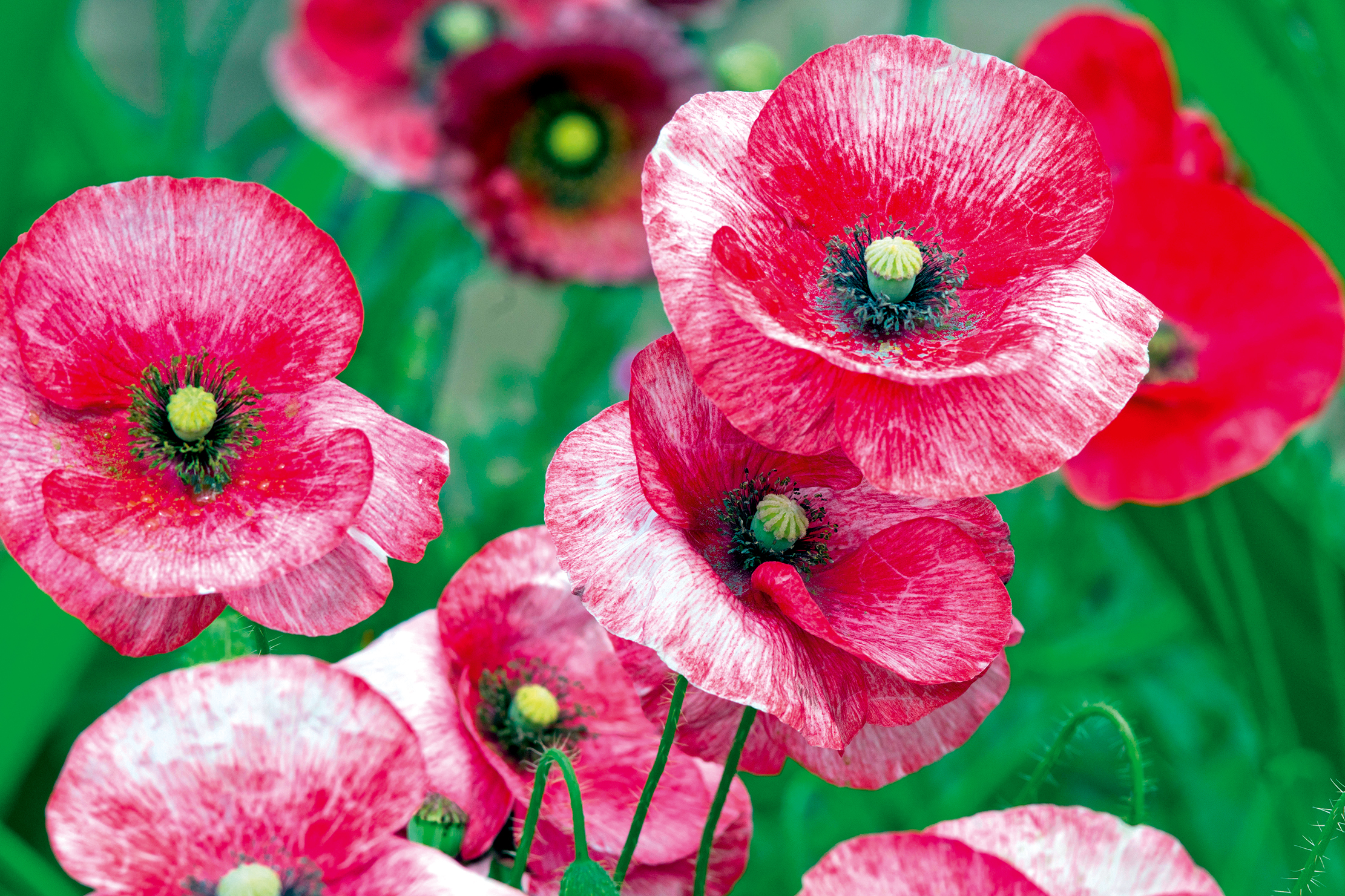
Papaver rhoeas, 'Mother Of Pearl' poppy.
Morris’s selection is soft and restrained, but perhaps not as demure as a delicate beauty with an ugly name: Papaver dubium ssp. lecoqii var. albiflorum. Fortunately, most people know it as ‘Beth’s Poppy’, a reference to nurserywoman Beth Chatto. The pale-pink flowers are just over an inch wide on thin, wiry stems, which give the impression that the flowers are floating in the air. Since it was seen in Sarah Price’s Mediterranean Garden at the Chelsea Flower Show in 2018, it has become very popular with garden designers.
Sign up for the Country Life Newsletter
Exquisite houses, the beauty of Nature, and how to get the most from your life, straight to your inbox.
The big boys of the annual poppies are the opium poppies, Papaver somniferum, which will grow up to 4ft tall. In the wild, the flowers tend to be either white or a muddy purple, but there are dozens of garden cultivars with brightly coloured flowers and glaucous blue-green foliage. My current favourite of these is ‘Lauren’s Grape’, a floriferous cultivar crowned with deep-plum flowers. For contrast, I grow it with ‘Sissinghurst White’, which has glistening-white, crumpled petals.
Nurseries have selected all kinds of flower forms: some that are fully double with a mass of scrunched-up petals that resemble a peony bud and others (known as the Laciniatum Group) that have frilled or lacerated petals. ‘Danebrog’, an 1880s variety, has deeply fringed scarlet petals with white centres that form a distinct cross. On double flowers, the fringing can be so deep that they resemble a frilly pom-pom, such as the dark-plum ‘Black Swan’ poppy.
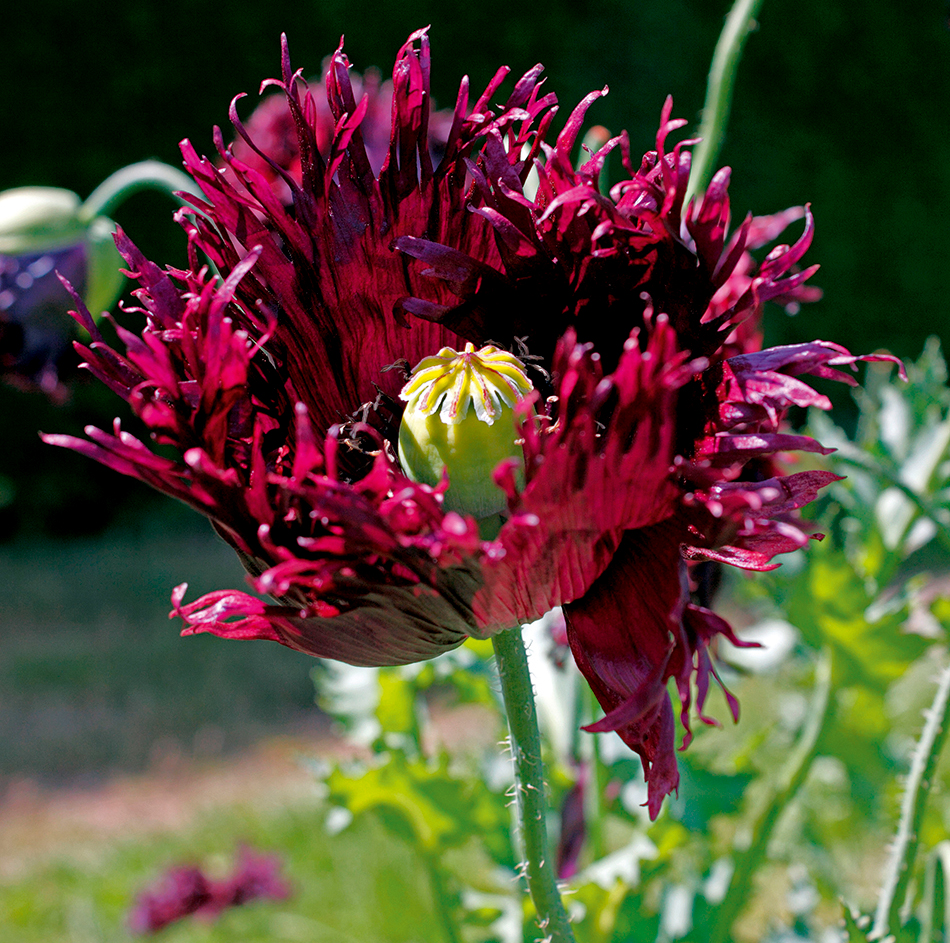
Papaver Somiferum, 'Black Swan' poppy.
The opium poppies are as short-lived as the field ones, but the plant offers more than its flowers. Early in the season, fat buds hold the promise of blooms to come. It is exciting to watch them straining to burst, teasingly revealing a slit of colour before, suddenly, breaking out. After flowering, the plump seedheads develop a metallic sheen, like old pewter.
By August, opium poppies have become an eyesore, with dried brown leaves, so I yank most of them out, leaving a few to be admired for their seedheads during autumn. I do know gardeners who carefully strip the leaves at this point and leave the woody stems and dried seedheads. The effect is elegant, but the job requires time and patience.
All poppies produce copious amounts of seed and most will self-seed. Seedlings of cultivars will rarely be the same colour as the parent, so if a particular colour is important to you, buy fresh seeds. I tend to leave them to see what appears. If I don’t like the results, I pull them out, but, sometimes, I live with them. After all, they won’t be around very long.
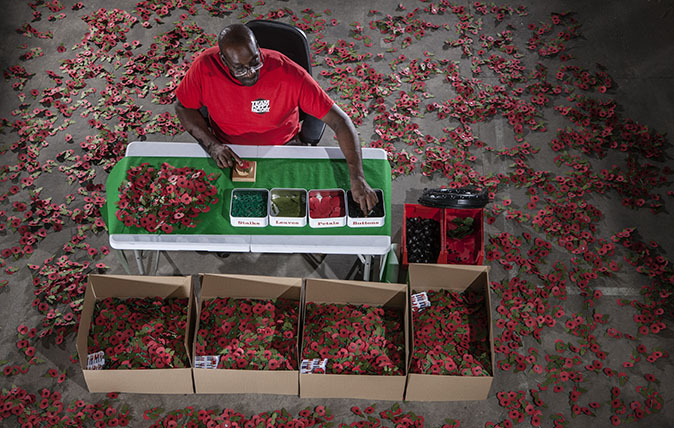
Poppy maker, Wish Lloyd, production operator at the Royal British Legiona's Poppy Factory n Richmond, London, where remembrance poppies are made. It was founded in 1922 to offer employment opportunities to wounded soldiers returning from the First World War, creating remembrance products for the Royal Family and The Royal British Legion’s annual Poppy Appeal. It provides employment support to disabled veterans across England and Wales. The factory makes approximately 36 million poppies each year. Pictures by Richard Cannon on Thursday 13th September 2018. Picture published in the 31.10.2018 issue of CLF magazine.
The poppy maker: ‘I was very weak, very emotional and in a bad place when I started, but I’m back to my old self again now’
Wish Lloyd battled a traumatic childhood, the army, an athletics injury and homelessness to find his place at the Poppy
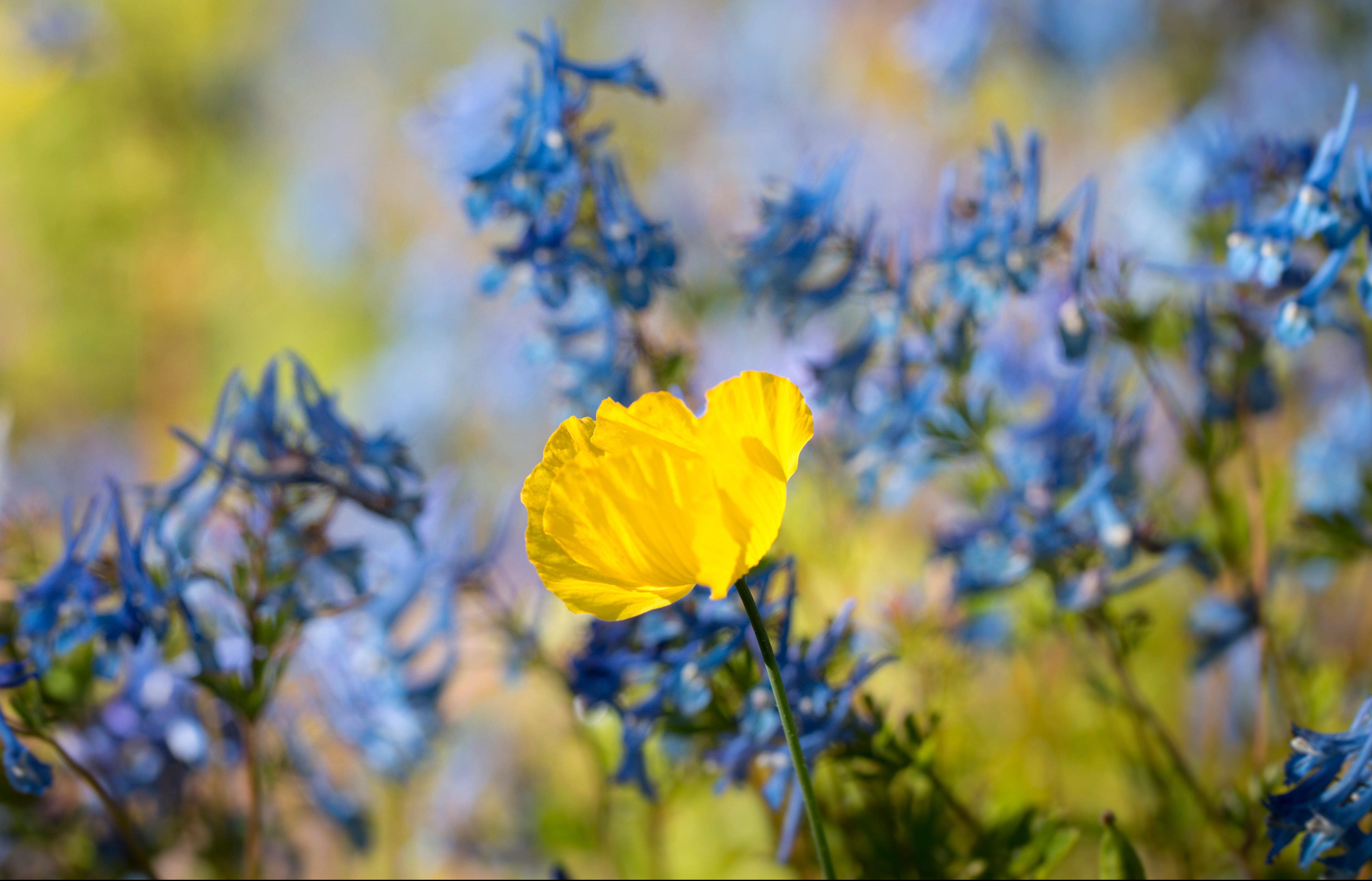
Papaver cambricum, aka Welsh poppy – welcome it when it grows.
Alan Titchmarsh: The weeds I welcome with open arms
Our columnist Alan Titchmarsh used to spend hours ridding his garden of anything he hadn't planted himself. These days he
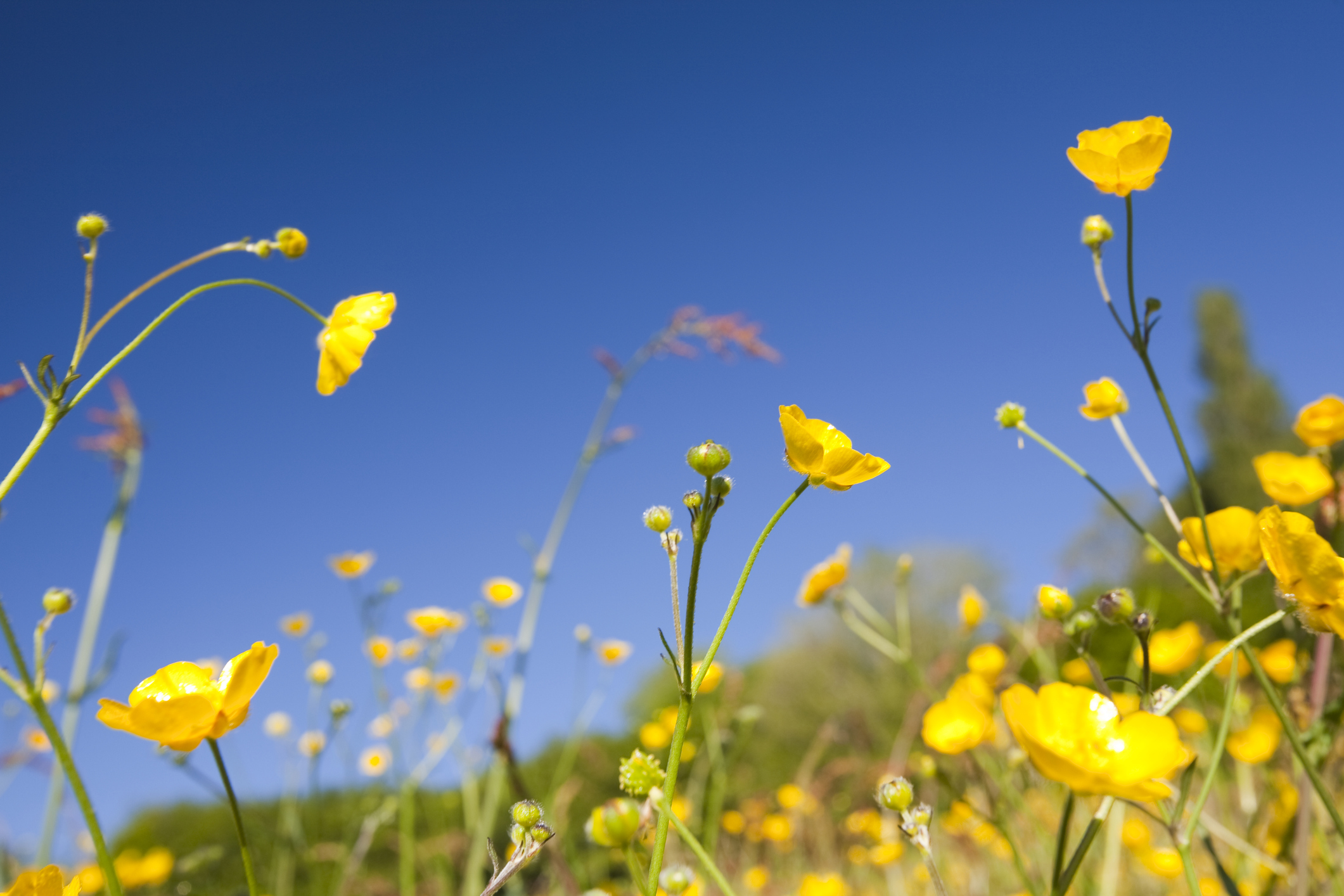
'Nothing annoys me more than a cocky yellow buttercup.'
Rage against the buttercups: How to wage war on the weeds in your garden
Charles Quest-Ritson loves plants — but in his garden, he only wants the ones he chooses.

